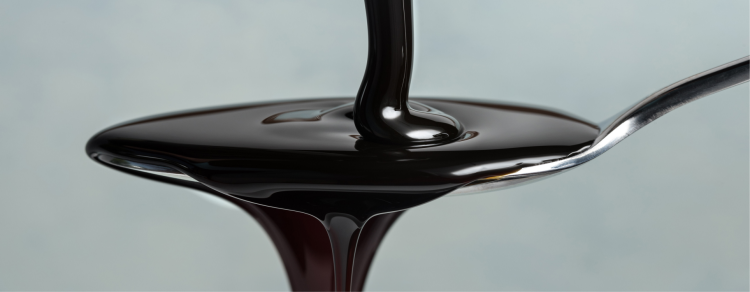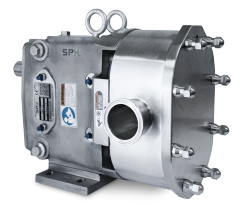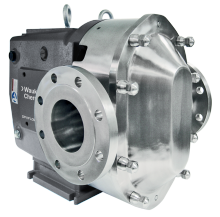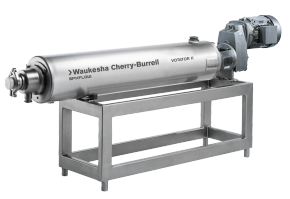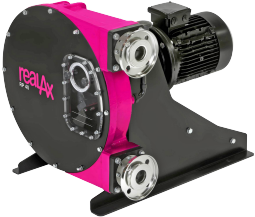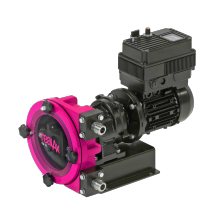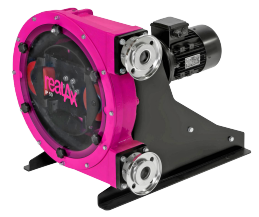Examples of Rheopectic Fluids
- Whipping Cream: Whipping cream thickens upon whipping or stirring, forming soft peaks or stiff peaks based on the extent of agitation.
- Egg Whites: When beaten, egg whites exhibit rheopectic behavior, thickening gradually and becoming more viscous over time.
- Certain Paints: Some paints used in artistic and industrial applications demonstrate rheopectic behavior. They become thicker and more manageable for intricate work as they are agitated and manipulated.
- Certain Polymers and Gels: Rheopectic behavior is observed in certain polymers and gels, which become more viscous when subjected to shear forces, finding applications in various industries, including cosmetics and pharmaceuticals.
Gentle Pumping Action with Low Shear
Rheopectic fluids require a gentle touch. When pumping these fluids, it's crucial to employ a pumping mechanism that offers low shear. High shear forces can accelerate the thickening process, altering the fluid's viscosity and potentially causing issues in the intended application. Positive displacement pumps, especially those provided by AxFlow UK, are designed to deliver precisely this - a gentle, controlled flow that preserves the rheopectic nature of the fluid.
Temperature Control
Maintaining the right temperature is vital when handling rheopectic fluids, especially in industries like food where these fluids are commonly used. Temperature can influence the rate at which these fluids thicken. Proper temperature control ensures the fluid retains its desired consistency during processing and applications.


